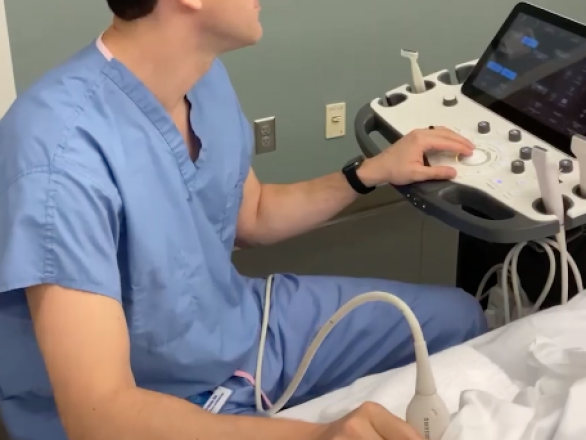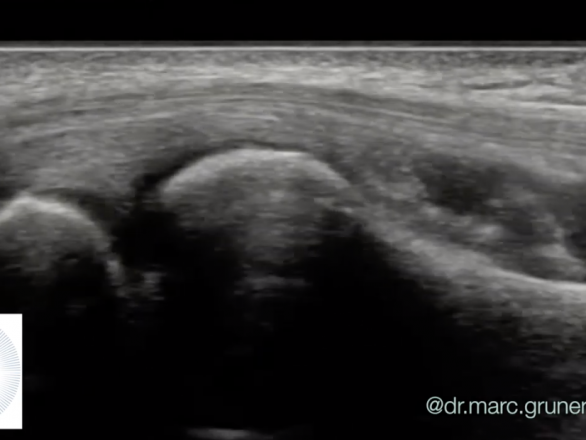
Chronic exertional compartment syndrome is one of the most common causes of pain, numbness, and foot drop, most often seen in runners.
The dura is a protective covering of the spinal cord and its nerves. The area surrounding the dura is the epidural space. In the lower back, the space is called the lumbar epidural space.
The lumbar area of the spine has five bones, called vertebrae. Soft discs between the vertebrae act as cushions, offering support and controlling motion. If a disc tears, chemicals inside may leak out, causing inflammation of nerve roots or the dura, and pain.
A larger tear may cause a disc to bulge, resulting in inflammation and pain. Bone spurs, called osteophytes, can also press against nerve roots and cause pain.
Your doctor can determine the cause of the pain. If you have pain in your lower back when you move, you may have disc or dural inflammation.If pain travels to your leg when you bend your back, you may have nerve root inflammation.
Common tests, such as MRIs, can show disc bulges and nerve root compression, but may not show a torn and leaking disc. A lumbar epidural injection can help determine if disc, dural, or nerve root inflammation is causing your pain.
During this procedure, a corticosteroid (anti-inflammatory medicine) is injected into the epidural space to reduce inflammation and pain. Your physician may inject into the epidural space from behind. This is called interlaminar injection.
When your physician goes in from the side, it is called a transforaminal injection. If the needle is positioned next to an individual nerve root, it is called a selective nerve root block. When performed from below it is called a caudal injection.
An IV may be inserted to administer intravenous medication(s) to help you relax. A local anesthetic will be used to numb your skin. Fluoroscopy, a type of x-ray, will be used to insure the safe and proper position of the needle. A dye will also be injected to make sure the needle is in the correct spot. Once your physician is sure the needle is correctly placed, the medicine will be injected.
You will be monitored for up to 30 minutes after the injection. Before you leave, you will be given discharge instructions, as well as a pain diary. Keeping track of your pain will help the doctor know what the next step will be.Your pain may become a little worse for a day or two. This is normal. It may be caused by needle irritation or by the steroid itself. Steroids usually take two or three days to start working, but can take as long as a week.
You should be able to return to work the day after the injection, but always check with your doctor.
The amount and duration of pain relief varies from person to person and is dependent on many factors including underlying pathology and activity level. Some can have relief that lasts years, while others have short- term relief.
Usually a series of injections, often three, each spaced a week or two apart, are given. It is important to discuss with your physician your response to the epidural steroids in order to plan future treatment options.
301.493.8884
Dr. Mark D. Klaiman, MD
Monday – Friday: 8am – 5pm
301.244.9099
Dr. Haim S. Hechtman, DPT
Monday – Thursday: 7am – 7pm
Friday: 7am – 5pm
Saturday: Closed
“When I learned that my two favorite practitioners—who gave me back a normal, pain-free life—were joining their practices I thought, what a winner…..”
– Jane Stanley



Chronic exertional compartment syndrome is one of the most common causes of pain, numbness, and foot drop, most often seen in runners.

Hip arthritis is one of the most common causes of groin pain in patients. To diagnose it, we can use ultrasound. Ultrasound

Tennis elbow is one of the most common causes of elbow pain. The condition is also sometimes referred to as lateral epicondylitis.
Starting and sticking with a rehabilitation regimen has its challenges during the pandemic. Here are some ways to continue to progress.
|
Point Performance Medicine is Excited to Announce the use of Scrambler Therapy for the Treatment of Chronic Nerve Pain |